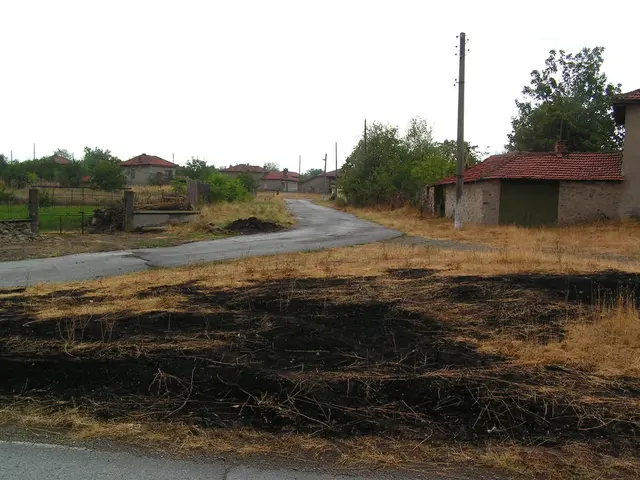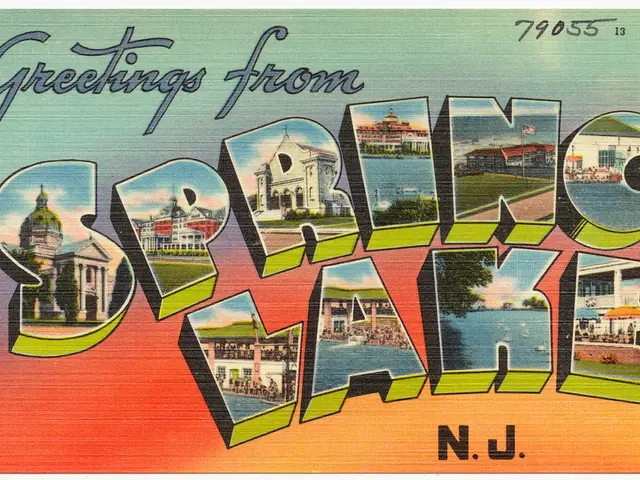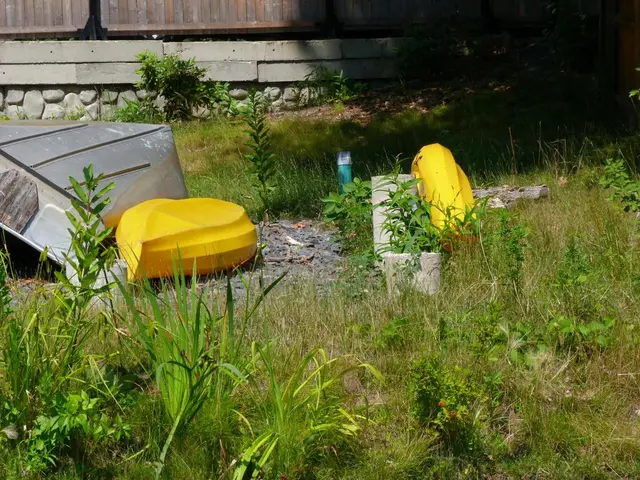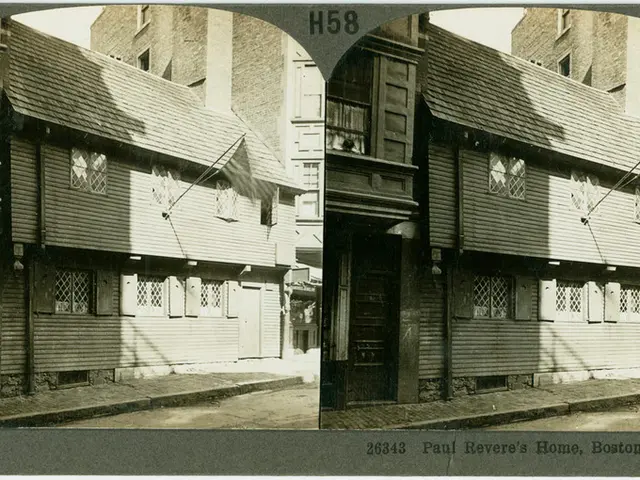California persists in offshore wind energy development, disregarding Trump's wind power cancellation decision
California, a pioneer in clean energy, continues to forge ahead with its offshore wind energy ambitions, despite uncertainties at the federal level. The California Air Resources Board administers a state-level greenhouse gas reporting program that exceeds the federal program, which is currently under threat.
The state's offshore wind efforts are a crucial component of its goal to achieve 100% carbon neutrality by 2045. Voters approved Proposition 4, authorizing $10 billion for climate and environmental projects, including $475 million for offshore wind development.
In a significant milestone, the first onshore wave energy project in the U.S. has launched in Los Angeles. Meanwhile, offshore, five ocean leases have been granted to energy companies off the coast of Humboldt and Morro Bay, with the potential to produce up to 10 gigawatts of electricity.
However, the future of these leases is uncertain. The Trump administration's refusal to grant federal funding has led to the suspension of the Ørsted's offshore wind energy project off the coast of California. Similarly, the cancellation of nearly half a billion dollars in federal funding for California's largest offshore wind project adds to the uncertainties.
The Interior Department's Bureau of Ocean Energy Management is assessing whether existing wind energy leases should be amended or terminated due to security, ecological, economic, and environmental concerns. This has raised concerns among industry experts, who fear the government actions could have a chilling effect on private companies looking to invest in offshore wind.
Despite these challenges, California is pressing on. The California Energy Commission is advancing offshore wind along the state's central and northern coasts through planning, permitting, infrastructure investment, and public engagement. Humboldt Bay Harbor District officials are planning to be fully permitted and ready to go for offshore wind development, believing it will happen.
The plan eventually could see 1,600 turbines as tall as the Eiffel Tower in federal waters, producing enough electricity for 25 million homes. Offshore wind could represent 10% to 15% of California's energy portfolio by 2045, acting as an important complement to solar power, geothermal energy, hydropower, nuclear, and other clean sources.
California lawmakers have announced a last-minute climate and energy package, including reauthorization of California's cap-and-trade program and expansion of a regional electricity market. This move is expected to further bolster the state's clean energy efforts.
While opponents have expressed concerns about potential impacts on coastal access, marine life, and migration patterns, a recent survey by the Public Policy Institute of California found 75% of voters support wind energy off the coast.
Molly Croll, Pacific offshore wind director with the nonprofit American Clean Power-California, is focusing on work in California's jurisdiction, including port development and transmission upgrades. The Humboldt Bay Harbor District is also planning upgrades to wharfs and access roads, improved on-site utilities, and dredging and environmental restoration, among other efforts to accommodate the wind equipment.
As California pushes ahead with its offshore wind energy plans, it serves as a beacon of hope for clean energy advocates, demonstrating that ambitious climate solutions can be pursued even in the face of federal uncertainties.
Read also:
- Weekly updates from the German federal parliament, Bundestag
- Why Opt for Renewable Energy: 5 Key Advantages
- Struggling Finances: Local Governments Face Massive revenue deficit totaling billions of euros
- CHARBONE Hydrogen advances on its flagship project in Sorel-Tracy, announcing several significant milestones this week








